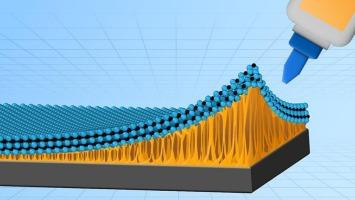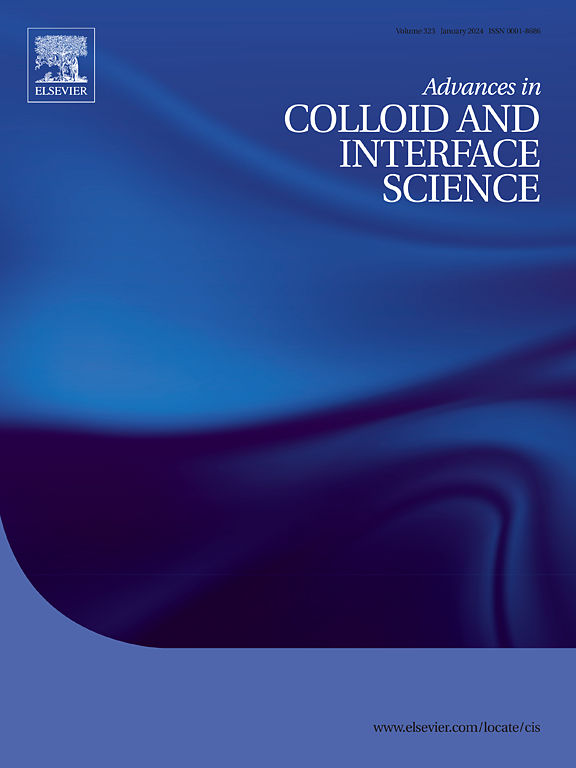Physical and chemical approaches to tailor 2D coating/substrate adhesion - Experimental and theoretical insights
IF 19.3
1区 化学
Q1 CHEMISTRY, PHYSICAL
引用次数: 0
Abstract
Two-dimensional materials have been extensively studied due to their superior electrical, thermal, optical and mechanical properties, while the latter creates an enormous potential in tribology, especially when utilized as solid lubricant coatings. However, their usage as solid lubricant coatings under applied conditions remains scarce and challenging due to a limited quality of the coatings/substrate interface and lack of adhesion, thus inducing excessive wear as well as increasing friction and compromising durability/reliability. To enhance the performance of 2D coatings and bridge the gap between lab-tests and applied conditions (real-world applications), it is crucial to improve their substrate adhesion, facilitating the transition from a potential to tangible usage of 2D materials in tribology. Therefore, our perspective aims at summarizing the primary factors influencing the coating/substrate interface and adhesion, which can be subdivided into physical and chemical approaches. After critically summarizing the existing state-of-the-art related to experimental approaches, the current understanding based on numerical simulations, from density functional theory to machine learning-assisted molecular dynamics, is holistically analysed to provides atomistic insights to predict and design adhesive 2D interfaces. Our article closes with a perspective outlook on how to further boost coating/substrate adhesion thus guiding research activities with the overall goal to take full advantage of the outstanding properties of 2D materials in solid lubrication enabling the reliable implementation of 2D coatings in demanding, real-world tribological environments.

物理和化学方法定制2D涂层/基材粘合-实验和理论见解
二维材料由于其优越的电学、热学、光学和机械性能而得到了广泛的研究,而后者在摩擦学方面具有巨大的潜力,特别是当用作固体润滑剂涂层时。然而,由于涂层/基材界面质量有限,缺乏附着力,因此会导致过度磨损,增加摩擦,影响耐用性和可靠性,因此在实际应用条件下,它们作为固体润滑剂涂层的使用仍然很少,而且具有挑战性。为了提高二维涂层的性能并弥合实验室测试和应用条件(实际应用)之间的差距,提高其基材附着力至关重要,从而促进二维材料在摩擦学中的潜在应用向实际应用的转变。因此,我们的观点旨在总结影响涂层/基材界面和附着力的主要因素,可以细分为物理和化学方法。在批判性地总结了现有的与实验方法相关的最新技术之后,目前基于数值模拟的理解,从密度泛函理论到机器学习辅助的分子动力学,被全面分析,以提供原子的见解来预测和设计粘附的二维界面。我们的文章最后展望了如何进一步提高涂层/基材的附着力,从而指导研究活动,总体目标是充分利用二维材料在固体润滑中的卓越性能,使二维涂层在苛刻的实际摩擦学环境中可靠地实施。
本文章由计算机程序翻译,如有差异,请以英文原文为准。
求助全文
约1分钟内获得全文
求助全文
来源期刊
CiteScore
28.50
自引率
2.60%
发文量
175
审稿时长
31 days
期刊介绍:
"Advances in Colloid and Interface Science" is an international journal that focuses on experimental and theoretical developments in interfacial and colloidal phenomena. The journal covers a wide range of disciplines including biology, chemistry, physics, and technology.
The journal accepts review articles on any topic within the scope of colloid and interface science. These articles should provide an in-depth analysis of the subject matter, offering a critical review of the current state of the field. The author's informed opinion on the topic should also be included. The manuscript should compare and contrast ideas found in the reviewed literature and address the limitations of these ideas.
Typically, the articles published in this journal are written by recognized experts in the field.

 求助内容:
求助内容: 应助结果提醒方式:
应助结果提醒方式:


